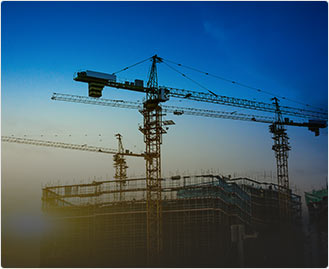What Are The Methods For Gas Installation?
Gas installation is a complex process that
involves safely and efficiently setting up a gas supply system for various
applications, such as residential, commercial, and industrial settings. Whether
it's for cooking, heating, or other purposes, proper gas installation is
essential to ensure safety and compliance with regulations. Here are some
common methods for gas installation:
1. Pipe
Installation:
Gas piping is a fundamental component of gas
installation. Different types of pipes, such as steel, copper, or flexible
materials, may be used based on the application and local regulations. The
process involves measuring, cutting, and threading the pipes to the required
lengths, then connecting those using appropriate fittings and couplings. Pipe
installation requires careful planning to ensure that the gas lines are correctly
sized and properly routed.
2. Gas
Line Sizing:
Proper sizing of gas lines is crucial to ensure
a consistent and safe gas supply to appliances. Gas installers consider factors
such as gas flow rate, distance, and pressure requirements when determining the
appropriate pipe size. Incorrect sizing can lead to low gas pressure,
inefficient appliance operation, and safety hazards.
3.
Appliance Connection:
Gas appliances, such as stoves, water heaters,
and furnaces, need to be properly connected to the gas supply system. This
involves attaching the appliance's gas line to the main gas line using
appropriate fittings. Commercial
Plumbing Malvern
ensures that connections are secure and
leak-free by using sealants and testing for leaks.
4.
Pressure Testing:
Pressure testing is a critical step in gas
installation to identify any leaks or weaknesses in the system. The gas system
is pressurized with air or an inert gas, and the pressure is monitored to
ensure it remains stable. If pressure drops are detected, it indicates a leak
that needs to be addressed before the system is put into operation.
5. Gas
Regulators and Meters:
Gas regulators and meters are essential
components of a gas installation. Regulators control the pressure of the gas
entering the system, ensuring it matches the appliance requirements. Meters
measure gas consumption for billing purposes. Gas installers connect and
install these devices according to regulations and manufacturer guidelines.
6.
Ventilation and Exhaust Systems:
For gas appliances that produce combustion
gases, proper ventilation and exhaust systems are necessary to ensure safe
indoor air quality. Gas installers design and install these systems to direct
exhaust gases outdoors and prevent the build up of harmful fumes indoors.
7.
Compliance with Codes and Regulations:
Gas installation must comply with local building
codes, regulations, and safety standards. Gas Installation Malvern
is well-versed in these requirements and ensures that the installation meets
all necessary guidelines to ensure the safety of occupants.
8. Gas
Leak Detection:
Gas installers use specialized equipment to
detect gas leaks before, during, and after installation. Gas leak detectors can
identify even small leaks that may not be perceptible to the human senses. Any
detected leaks must be promptly addressed to prevent safety hazards.
Gas Installation Malvern is a specialized task
that requires careful planning, expertise, and adherence to safety standards.
Proper pipe installation, gas line sizing, appliance connection, pressure
testing, and compliance with codes are all crucial components of a successful
gas installation. It's important to engage certified and experienced gas
installers of Local Plumber Malvern to ensure the safety and efficiency of your
gas supply system.



Comments
Post a Comment